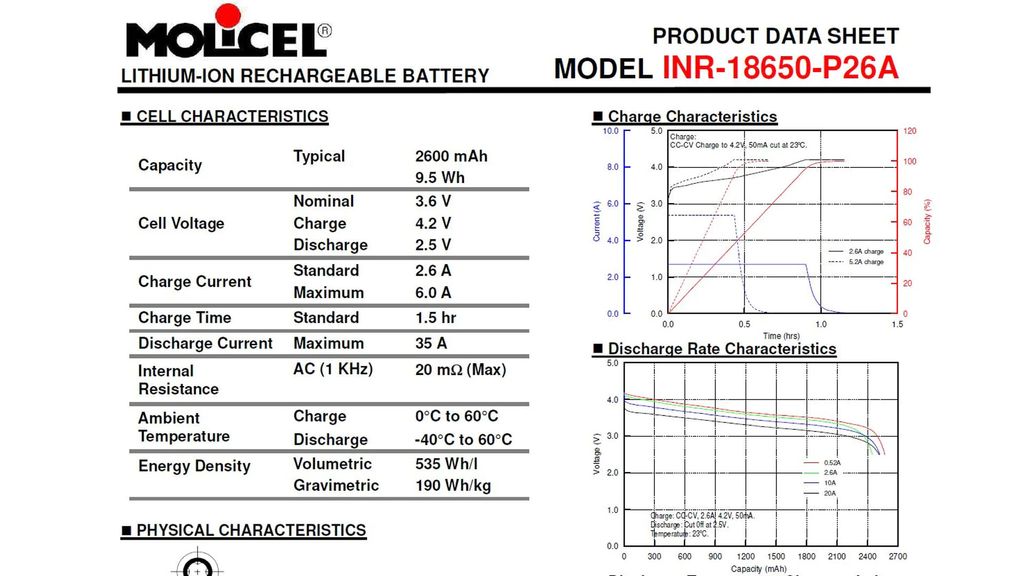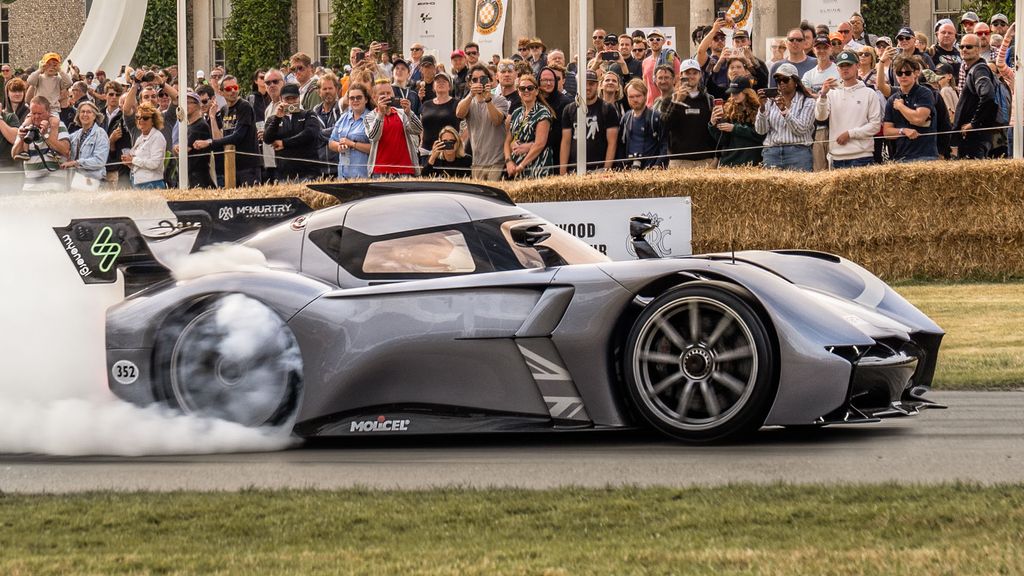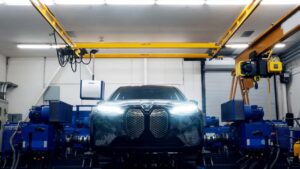The Popular Vaping Battery: McMurtry Spéirling’s Ready-to-Use Cylindrical Cells
Supercars utilize exclusive materials such as titanium, carbon fiber, and Inconel. However, ordinary components like spark plugs are often borrowed from much more commonplace vehicles. This also holds true for electric cars and their batteries. Numerous manufacturers outsource the production of battery cells, especially smaller high-performance brands like McMurtry.
Spéirling, the prototype model, holds the title of being the fastest car in the world, with the impressive ability to reach 60 miles per hour in a mere 1.4 seconds. Surprisingly, it does not rely on specialized cells, but rather utilizes ones that may be familiar to those who have a penchant for nicotine consumption.
Samsung, LG, Panasonic, and other well-known brands are known for producing cylindrical cells that are used in a variety of devices, ranging from laptops to scooters. However, there is a lesser-known Taiwanese company called Molicel that also manufactures these cells. Unlike the larger companies, Molicel focuses on creating power-dense chemistries that can handle high currents. One of their popular products is the P26A 18650 cell, which is named after its form factor. This particular cell can be easily found on battery reselling websites and is also used in the Spierling’s 60.0-kilowatt-hour pack.
Individual P26As are sold at a retail price ranging from $4 to $6 per cell. But what is the reason behind choosing to purchase these batteries separately? Generally, this choice stems from either assembling personal flashlights or satisfying a nicotine dependency.
According to many individuals, the journey into vaping often leads them to explore “mods,” which are larger handheld devices equipped with a nozzle for inhaling. These mods are typically powered by one or two 18650 batteries, and in the pursuit of extended and more intense vaping sessions, many individuals who may not have previously been interested in battery chemistry find themselves delving into it. For most, their exploration reaches its pinnacle with the Molicel P26A, a highly coveted achievement.
The P26A is a highly desirable option for several reasons. When it comes to cell chemistries, there is always a trade-off between power density, energy density, cycle life, and cost. Typically, high capacity cells sacrifice their performance in terms of lower currents and longer cycle life. However, Molicel’s batteries defy this norm by offering both high capacity and the ability to discharge large amounts of current at a reasonable price point. This makes them the perfect choice for creating thick clouds while vaping, as well as being easily removable and replaceable.

In an electric sports car meant for infrequent usage, a moderate cycle lifespan before noticeable deterioration is acceptable. Molicel’s products typically have a lifespan of approximately 600 cycles when consistently discharged at maximum capacity, with their overall capacity declining to about 80% of its original state. However, for a 60.0-kWh battery pack, this is more than sufficient. Furthermore, electric vehicles rarely operate at peak power, resulting in a lower average discharge rate for the battery.
The finalized Spéirling model now utilizes the slightly bigger 21700 battery, specifically the P50B unit developed by Molicel. This battery is even more remarkable than the previously used P26A and has been deemed superior to the upgraded P30B. These advanced batteries are utilized in a variety of applications such as electric vehicles, aircrafts, flashlights, and power tools. It’s worth noting that the vaping community will also be delighted with this development.

Credit for the image goes to McMurtry and Molicel.The photo is attributed to McMurtry and Molicel.






